stream_socket_enable_crypto(): SSL operation failed with code 1.
OpenSSL Error messages: error:14090086:SSL
routines:SSL3_GET_SERVER_CERTIFICATE:certificate verify failed
Im using Laravel 4.2, PHP 5.6, Apache 2.4
I have GoDaddy SSL installed in Amazon ec2 Linux.
SSL working fine when i visit the site with https.
The error happened when I call my function :
<?php
public function sendEmail()
{
\Mail::send ( 'emails.code.code', $data, function ($sendemail) use($email) {
$sendemail->from ( 'info@me.com', 'Me Team' );
$sendemail->to ( $email, '' )->subject ( 'Activate your account' );
} );
}
?>
I read some articles about this, they said that there are things we should make some changes, they put that code but i don't know where to insert it.
Been reading this: https://www.mimar.rs/en/sysadmin/2015/php-5-6-x-ssltls-peer-certificates-and-hostnames-verified-by-default/
and this documentation of php http://php.net/manual/en/migration56.openssl.php which is hard to understand.
So my question is how to solve this problem?
